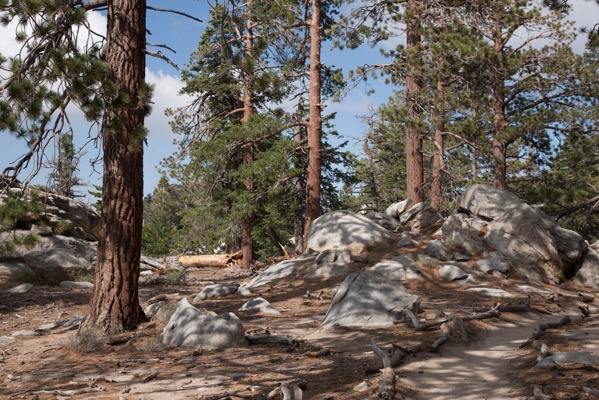I think we all understand that serious landscape photography does not document nature but interprets it. A well-made landscape photograph captures the photographer’s response to what was experienced and is able to convey this response to the viewer.
The Professional Photographers Association has 12 criteria by which they judge their competitions. Granted, the PPA membership consists of very few fine art landscape photographers but still, the criteria of a great photograph are pretty much the same.
Here are the twelve criteria (the order is my own):
1. Impact
2. Composition
3. Center of Interest
4. Lighting
5. Color Balance
6. Technical Excellence
7. Story Telling
8. Creativity
9. Style
10. Presentation
11. Subject Matter
12. Technique
I mention these because there’s a lot that goes in to making a great photograph and these criteria provide a framework in knowing what to look for. But rather that exploring these criteria in words, let’s look at a few photographs. And let’s do it by looking at two examples of the same image – what it looked like when it came out of the camera and what it became when transformed in the digital darkroom.
Image 1
The first image is a scene in the mountains of Southern California. I was wondering by myself along a remote trail. The sun was sinking lower and lower in the sky and I was thrilled climbing the trails and walking among the trees and rocks. I came upon this scene and it just felt right. I had to capture it.

The mid-afternoon light is actually quite nice. It’s not spectacular but it’s very pleasant and doesn’t pose any exposure challenges. The shadows make for interesting patterns on the forest floor. And I tried for a composition that captured the energy and harmony I was feeling while at the same time portraying the stately strength of the trees. And the center of interest is the rocks that form a sort of path that leads up to the trees on the right. The trail leads out of the frame on the right, inviting the viewer to explore what lies beyond.
It’s a very nice picture but now it’s time to make it even nicer. An effective way to add impact is to increase the contrast. (This will be a recurring theme.) The shadows can be darkened along with the midtones. Care is taken, however, to not lose detail in the shadows. You also have to be careful with the clouds. They have more detail that the RAW image doesn’t show, detail that can be coaxed out.
Continue reading “The Qualities of a Powerful Landscape Photograph”
(193)
